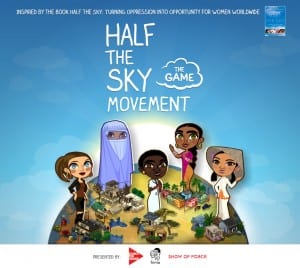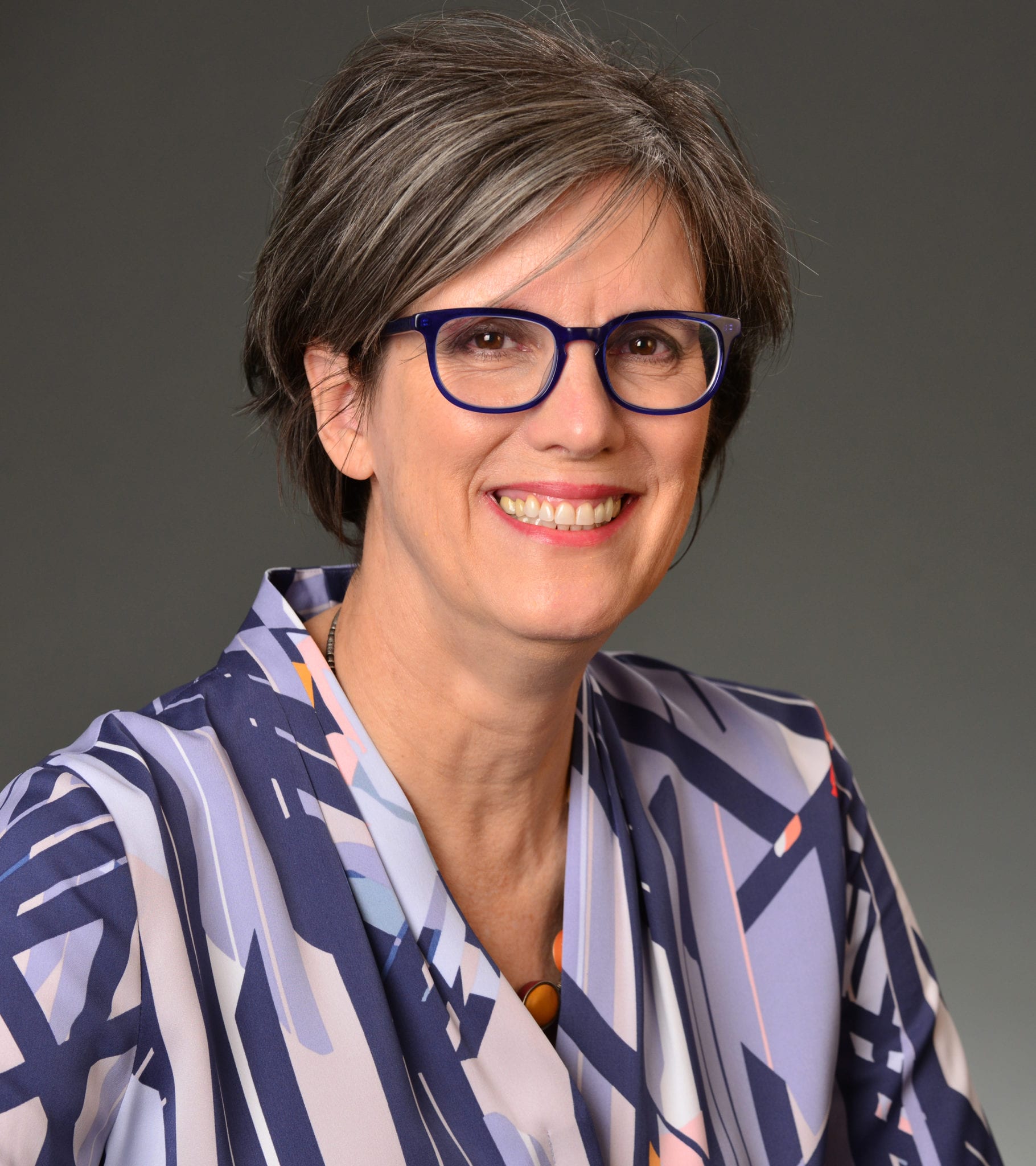 March 8th is International Women’s Day. It’s a good reminder to stop texting for a minute and think about how incredibly far women have come since this day was first celebrated in 1911. One of the forces empowering this progress is technology. In the 365 days since the last International Women’s Day, technology’s ‘On’ button has been firing up progress all over the world. Here are just a few recent examples:
March 8th is International Women’s Day. It’s a good reminder to stop texting for a minute and think about how incredibly far women have come since this day was first celebrated in 1911. One of the forces empowering this progress is technology. In the 365 days since the last International Women’s Day, technology’s ‘On’ button has been firing up progress all over the world. Here are just a few recent examples:
- This week saw the launch of Half the Sky Movement: The Game, a kind of “Farmville meets United Nations” that takes players from India to Kenya, Vietnam, and Afghanistan, before the journey comes to an end in the U.S. Apparently it’s the first Facebook game with direct translation of virtual to real life, which means that the issues are real and the actions in the game can trigger improvements for actual girls and women (e.g., collecting books for young girls in the virtual world activates a donation to Ketchum’s non-profit partner, Room to Read).
- It’s no secret that access to smart phones (i.e., phones that can access the Internet) in emerging countries is like having “higher standard of living” on speed dial. It lets people in even the harshest and most remote settings access vital information and conduct mobile banking. A bigger secret is that 21% fewer women than men have access to these phones – a gap made worse by lower literacy rates. Kudos, then to the winners of the GSMA mWomen Programme Design Challenge, who were asked to imagine the needs of resource-poor women in emerging markets and came up with brilliantly simple visuals and an interface that emphasizes managing battery power and emergency texting. An impressive example of design discipline that echoes Ketchum’s Digital Living Index findings – in technology, simplicity is the killer app.
- A few continents away, technology’s ‘On’ button is firing up a different solution: the shortage of U.S. women pursuing STEM (science, technology, engineering and math) careers. Girls Who Code is a new organization aimed at equipping 13- to 17-year-old girls to pursue opportunities in technology and engineering. The movement offers intensive instruction in some of the hottest areas in tech: robotics, web design, and mobile development. Why? Girls Who Code observes that females represent the fastest growing demographic online, but only 14% of computer science degrees are earned by women. Isn’t it time the people making the products are the same people using the products?
These are just a few recent examples of the transformative influence of all things chip-powered. Virtually every day, from voting booths and lecture halls to medical clinics and boardrooms, advances in technology are helping women at every level of society get informed, get heard and get connected. Happy International Women’s Day, technology.
Image credit: www.halftheskymovement.org
